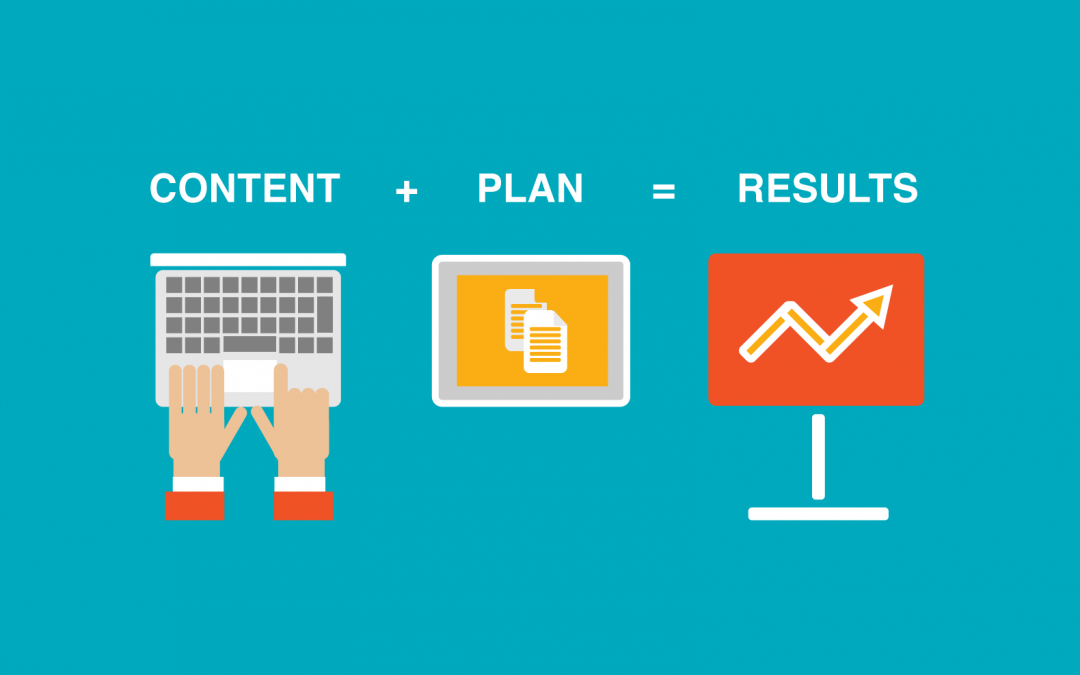When thinking about developing a content marketing strategy for your business, set yourself a really difficult challenge, go online and try to find a business that isn’t publishing content in some shape or form.
From regular blogs and posts on social media through to product reviews and full-scale monthly or quarterly magazines, it seems that the vast majority of businesses are, to a greater or lesser degree, in the content publishing game.
Indeed, for businesses of a certain size and scale, some kind of a content plan is seen as something of prerequisite for successful trade in the digital era. If a competitor has a blog, you have one too. If rivals are publishing thought-provoking white papers, then that’s the way to go.
But “content publishing” is not the same as effective “content marketing.” Ultimately the goal of any marketing strategy is to deliver on pre-defined goals, such as increased number of leads or ultimately higher sales. Simply publishing interesting or useful content won’t necessarily produce a significant upturn in performance, unless you have a clear strategy.
The Importance of a Content Strategy
Think of it this way. Hundreds of thousands of businesses are using low-cost and potentially high impact channels such as Facebook or YouTube to communicate with customers on a daily basis. On the face of it, this communication strategy may appear to be hugely successful. Hundreds of fans or subscribers, high viewing figures, plenty of likes and shares.
But unless you have a clear “marketing strategy” that could be where your communications begin and end. A popular blog – to take an example – may not drive customer behaviour in a way that is profitable to you. A strategy will help you join up the dots and chart a relationship between the content you produce and the behaviour you’re seeking to affect.
Download our free eBook here to learn how to develop a content marketing strategy.
As with any strategy, the first step is to understand what you are trying to achieve and the role that you expect content marketing to play.
The objective may be simply greater awareness of the business in the short term, leading to higher sales over time. On the other hand, you might want a quicker response from your audience – for instance a significant increase in calls to the sales department in a matter of days or weeks rather than months.
From there you can begin to look the options you have to create content and how your collateral can be used to drive the desired outcome. To take some examples – a regular blog looking at industry issues should help your business establish itself as an authoritative voice within its chosen sector. This is particularly useful for business working in complex areas such as IT or financial services where customers are often wrestling with concepts that need to be explained. By providing that explanation, you build trust over time.
But a blog can also be immediate. For instance, an accountancy firm explaining a quirk of the tax system a week or so before the end of the tax year might drive instant business by inviting readers to click on a link or call a number for further information. This isn’t a hard sell – you’ve already provided lots of useful information – but it does include a call to action.
There are a huge number of options, both in terms of the formats and channels you can use and the goals your aiming for. So it’s vital to look at those options and construct a clear plan.
Costs and Timescales
It’s equally important to build a business case, looking at the costs, the resources required, the desired outcome and the expected ROI. In the short term, a robust business plan help will help you achieve the buy-in necessary to ensure your content marketing is properly resourced. In the longer-term, it furnishes the road-map that will let you know if the strategy is succeeding or failing.
The Audience
Any content marketing strategy – indeed any business plan – must take into the account the audience you’re aiming to reach. Who are your readers and viewers? Where do they live online? What media do they consume online?
From there you can begin to look at the issue of how best to address your readers. It often helps to think of them in terms of character types – Isabel the IT Guru, Mike the Mondeo Man. From there you can forge a language.
The Channels
Then you can think about the channels – blogs, Vlogs, social media posts – that are best suited to your audience, and the distribution strategies that will maximise your reach. At this stage you should be also thinking of subject matter and an editorial schedule to ensure that publication is regular.
Crucially, it’s also important to consider how to move beyond publishing into marketing. For instance, you need to look at how you drive behaviour from a blog or post in terms of contact numbers, links and calls to action.
Once you’ve done all that you’ll not only have a plan but also a working framework within which customer behaviour can be tracked and measured. And through regular analysis you can ensure that your content marketing plan is on track.
[et_bloom_locked optin_id=”optin_15″]Success! Click here to download ‘Seven steps to a content strategy’[/et_bloom_locked]

